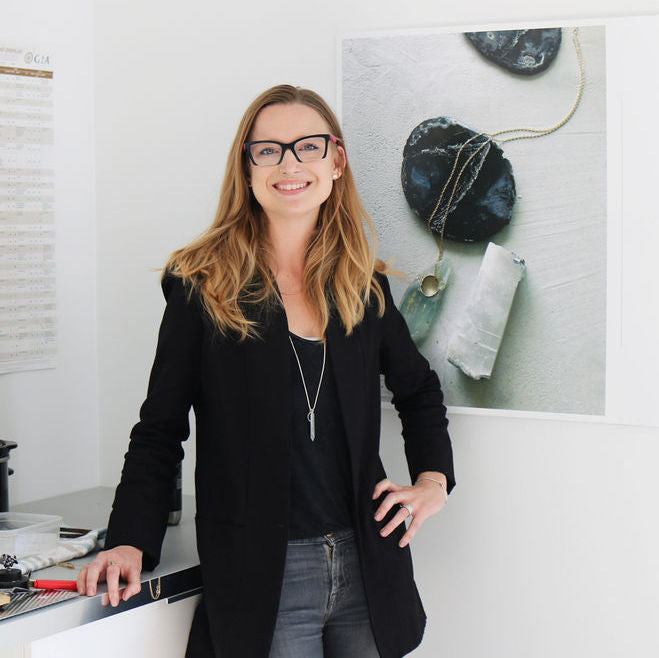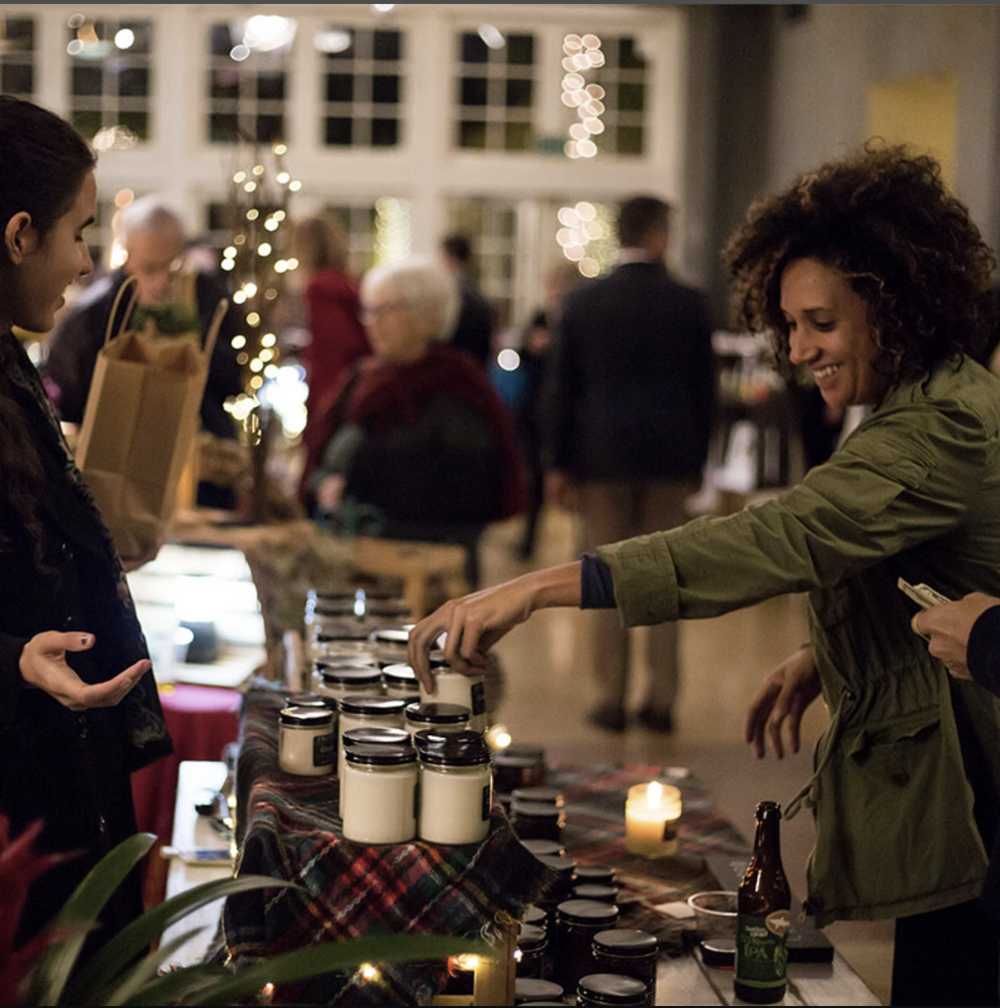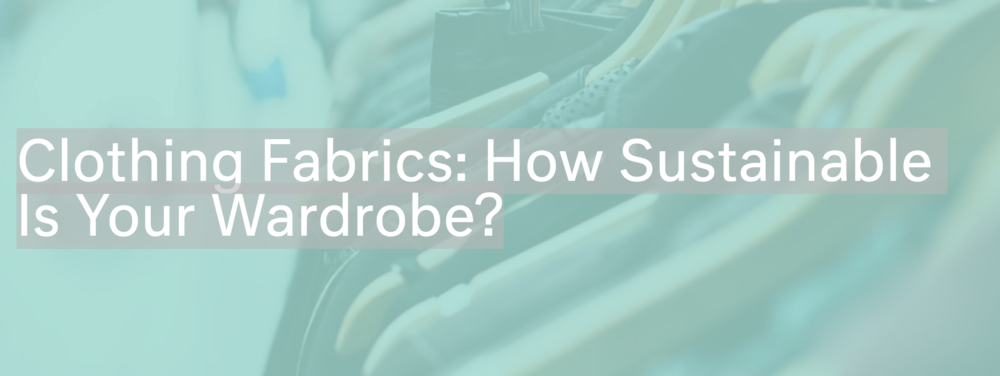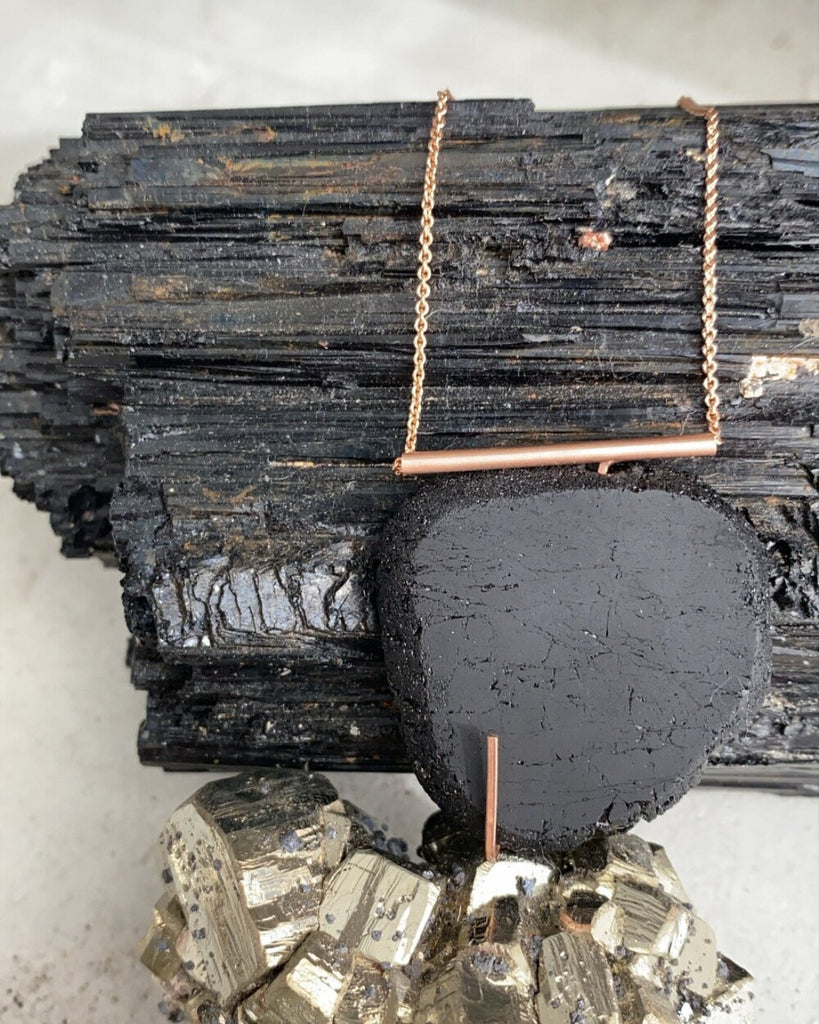Recapping the Responsible Jewelry Conference
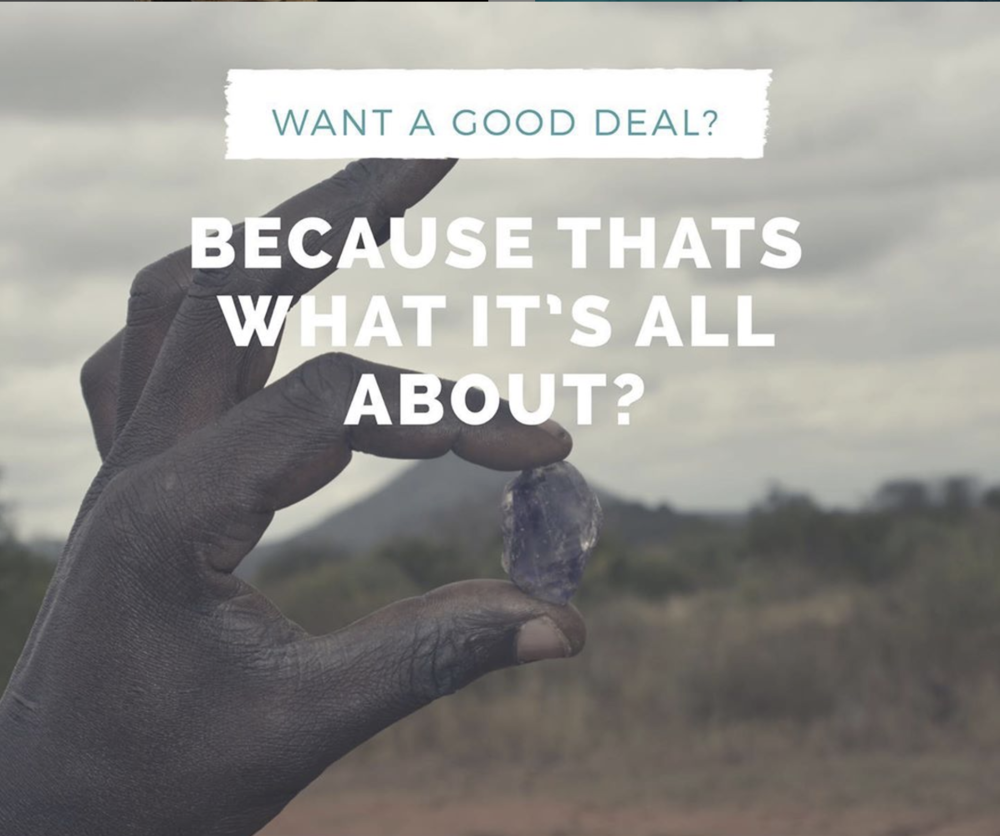
Flying home from the Chicago Responsible Jewelry Conference leaves one humbled and inspired. Last weekend having the privilege of being in a jewelry store where the whole mine to market supply chain was represented, from East African miners to the stores' clients. Meeting some of the women who mine our gems was a personal highlight, knowing the journey it took for them to be here, it felt only right to honor them by taking their message to heart. It was a weekend of incredible firsts, having met Amazon chiefs from different corners of the Amazon rainforest and hearing them speak of the issues they currently face, going to workshops with Tanzanian women miners and tech companies to find solutions to traceably bridge the gaps between us and connecting with leaders in the industry, working to create a more transparent and compassionate industry that benefits all of us.
This year's Conference is truly an experience that will stay with me forever.
When most people think about the jewelry industry, the first thing which comes to mind is often: blood diamonds, lab-grown diamonds, or Leonardo DiCaprio. But the reality of the issues the industry faces in responsible sourcing and practices is much more diverse and complicated than a marketing campaign and an award-winning film can convey. Ranging from toxic mercury use in small scale gold mining to deforestation in the Amazon, a lack of health and safety standards and knowledge for mining and gem cutting, to organized crime, government corruption, and indigenous land rights, these are global issues that affect people working in sourcing these precious materials. When artisanal miners do organize, work legally, reinvest in their communities and businesses, they can improve their lives but often still face challenges in scaling their operations to meet market demands, gain access to better tools and safety equipment, and entering the legal export market.

Mining for gold and gemstones is responsible for about 10% of deforestation in the Amazon rainforest, according to Global Forest Watch, and artisanal gold mining is the largest source of mercury pollution in the world. Currently, around 20% of gold, 10% of diamonds, and almost 90% of colored gemstones are mined by artisanal and small scale miners. Having these miners representing themselves and taking part in these discussions and solutions is vital and necessary for industry reform.
It is easy for someone to brush off realistic inclusive solutions with the easy answer of mining abstinence because it's less work at the end of the day. But marketing campaigns aren't a solution to economic disparities. As chief Lucas of the Tukano tribe in the Brazilian Amazon pointed out when he was addressing the conference, championing mining abstinence is hypocritical and environmentally unconscious, as I type this on my iPad, wearing my gold rings, sitting on an airplane flying back home. I wouldn’t be on this plane right now if we stopped mining. You wouldn’t be reading this on your device without mining; it’s a reality of our lives. What we can focus on is how we can do better and mine for these materials in a way where all stakeholders benefit, and the earth isn’t harmed. By working together, we can make this happen.
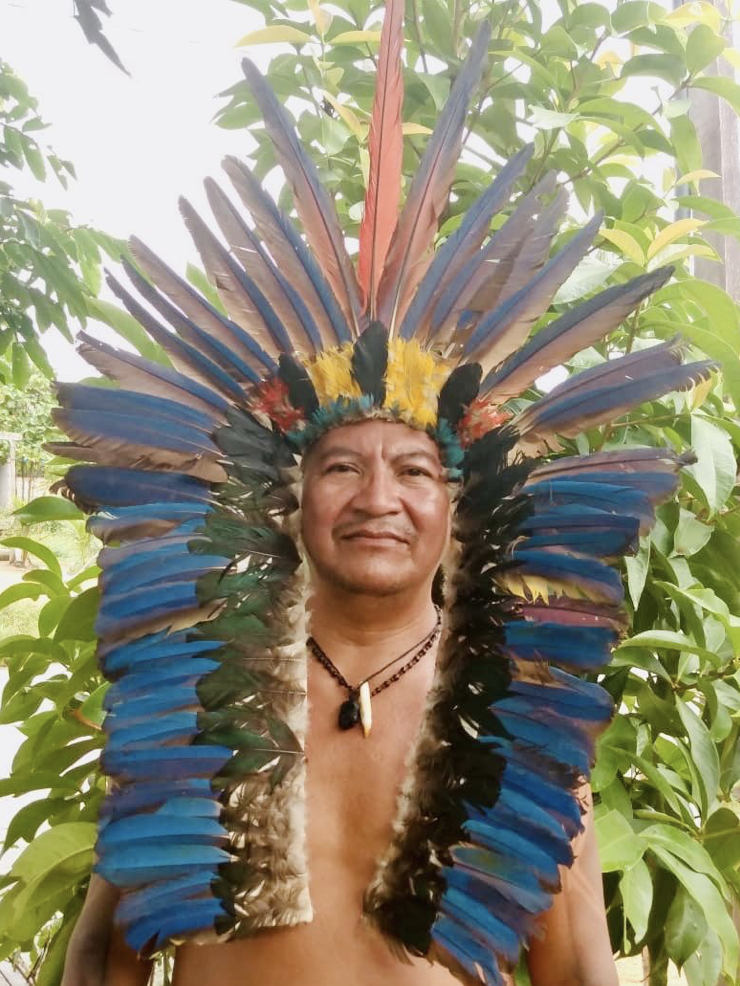
An excellent pioneer of this movement is Moyo Gems, a collaborative effort born from this same conference three years ago. Moyo Gems, which officially launched this past Friday, is a joint project of the NGO Pact, Anza Gems, Nineteen 48, Everledger, and the Tanzanian Women Miners Association (TAWOMA) to responsibly source colored gemstones from the women miners who are paid a fair price for their wares and are fully traceable through blockchain. Pact has also worked collaboratively with the Gemological Institute of America to help bring training to the same group of women miners, which has helped these women significantly increase their incomes and reinvest in their communities. The Colombian gold mining cooperative, Coodmilla, also at the conference, showcased that by organizing and becoming a certified Fairmined operation, they have eliminated the use of mercury and cyanide at their mine, are helping develop their community, and are working to reforest the area, planting over 7000 trees. They would be the first to tell you that they are proud of the work that they do and that mining responsibly benefits everyone involved.
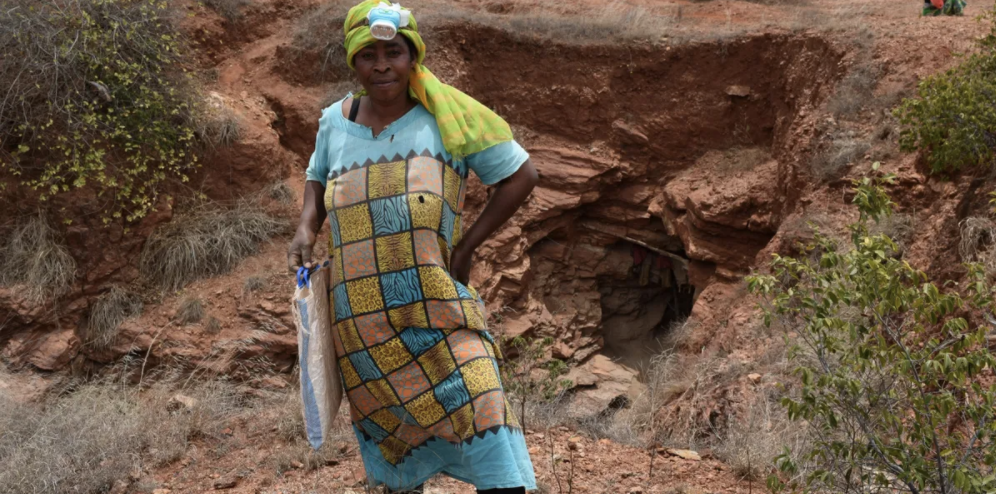
Economic incentives make it easier for everyone to lean in. They want to do better for their families and communities and sell more, but all the extra organization requires some capital investment. This is part of what brought Chief Lucas and Chief Miguel to the conference, representing a coalition of 23 indigenous tribes from the Brazilian Amazon. They want partners in mining and developing their land responsibly in a way that preserves the forest. They want to work with people who have the capital and technological know-how to help make that happen so they can protect their land from illegal mining that devastates the rainforest.
Too often, solutions are sold as a quick and easy fix, a stamp to placate sensibility, but the issues in the supply chain are vast and complex and require real dialogue with stakeholders all over the world. Shying away from having these complex discussions that challenge perspective is no longer optional.
Passion is one of the first things that drew me to the jewelry industry. This community is incredibly passionate and dedicated. Among those present, not one person in that room isn’t doing everything they can to keep learning, understanding, and doing better. All of us actively working on solutions that work for the people in each part of the supply chain, not just the big guys at the top. Change happens by having these complicated dialogues with stakeholders from all over the world and representing each part of the supply chain and putting one foot in front of the other to make that change happen. We’re on our way, working towards collaborative solutions, and we can all find inspiration in these pareto improvements.


